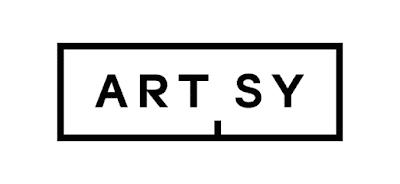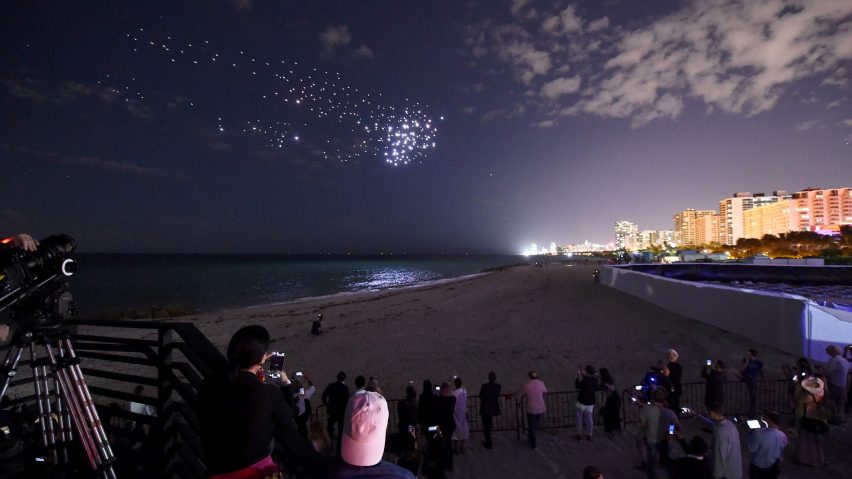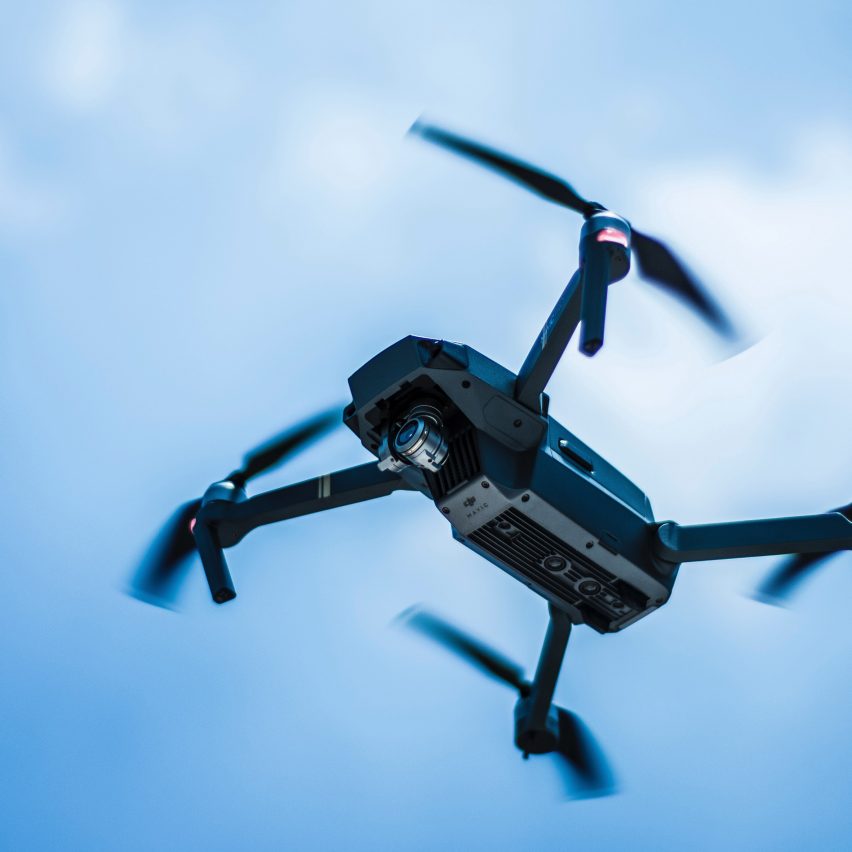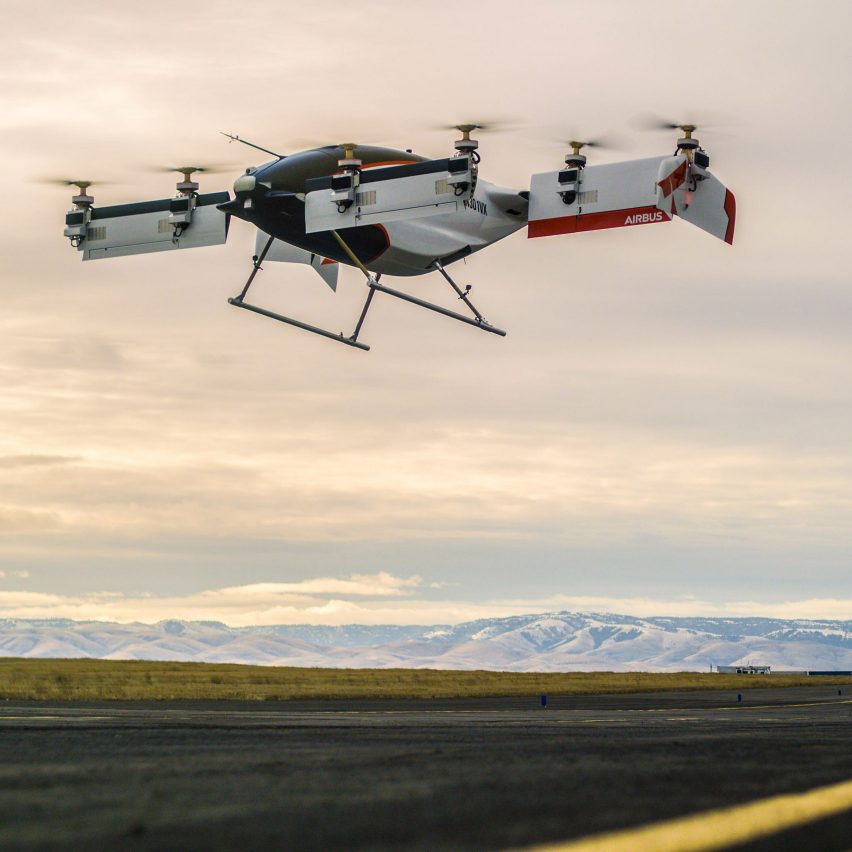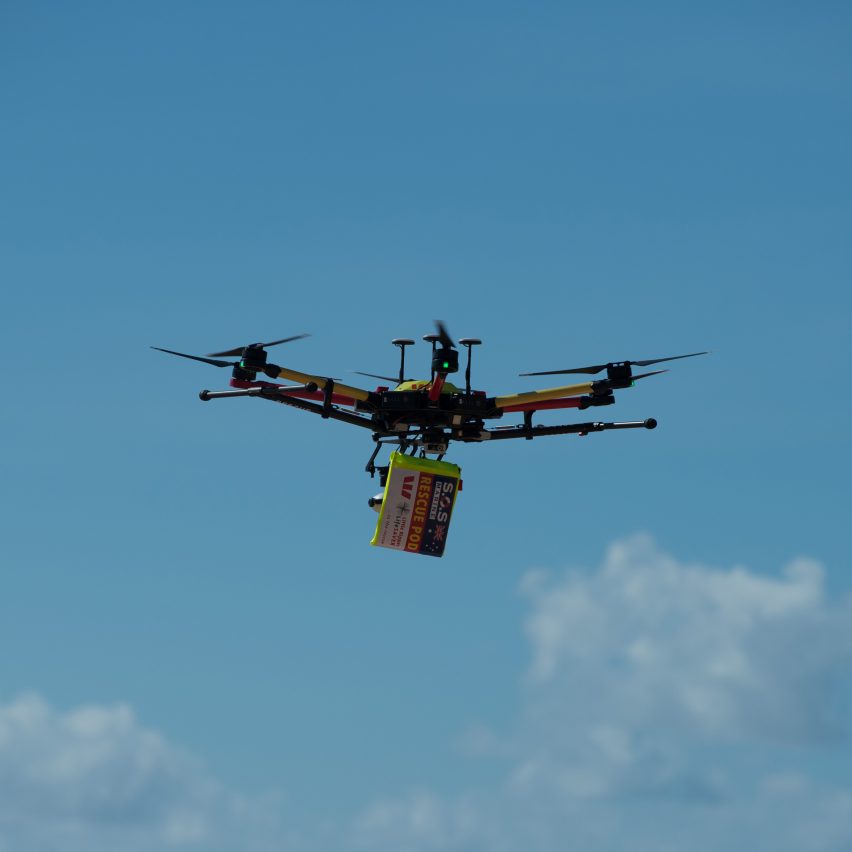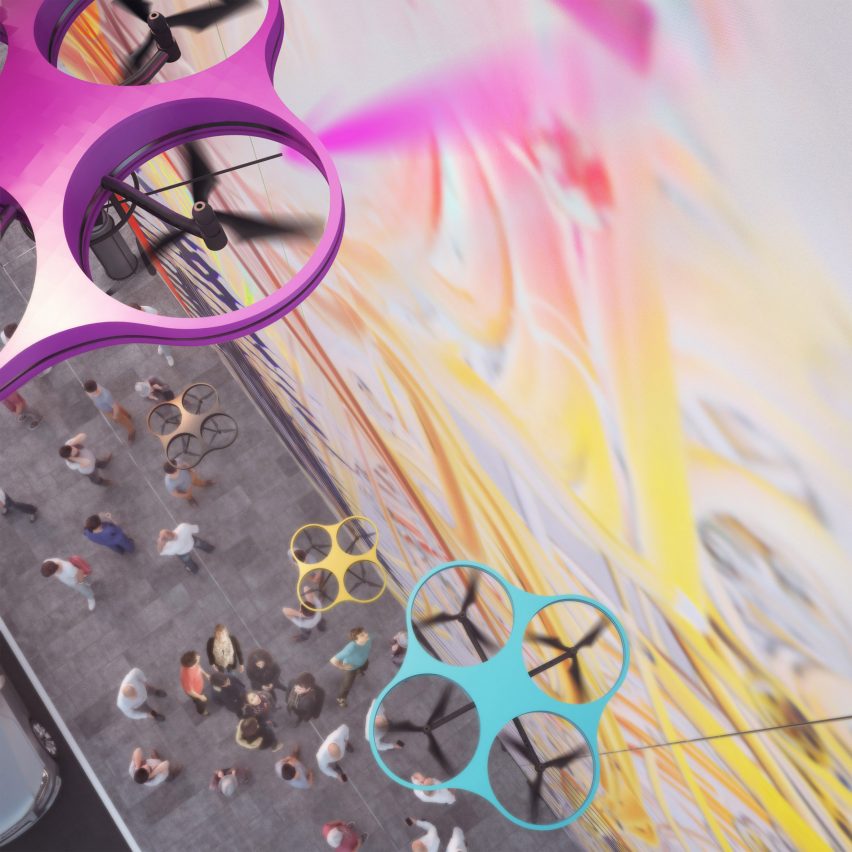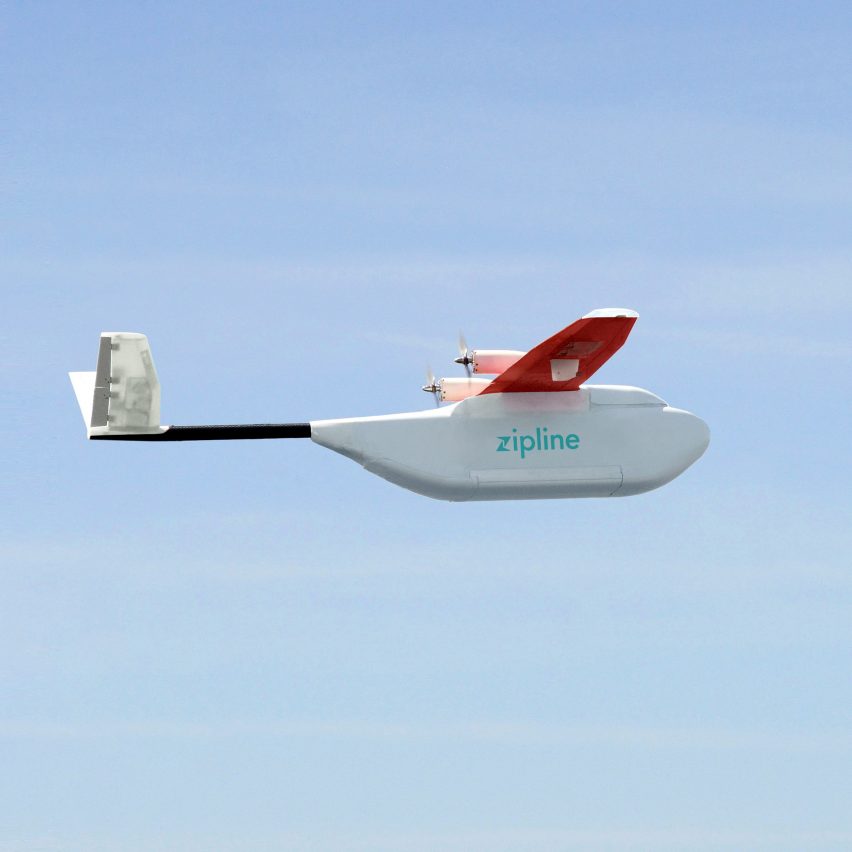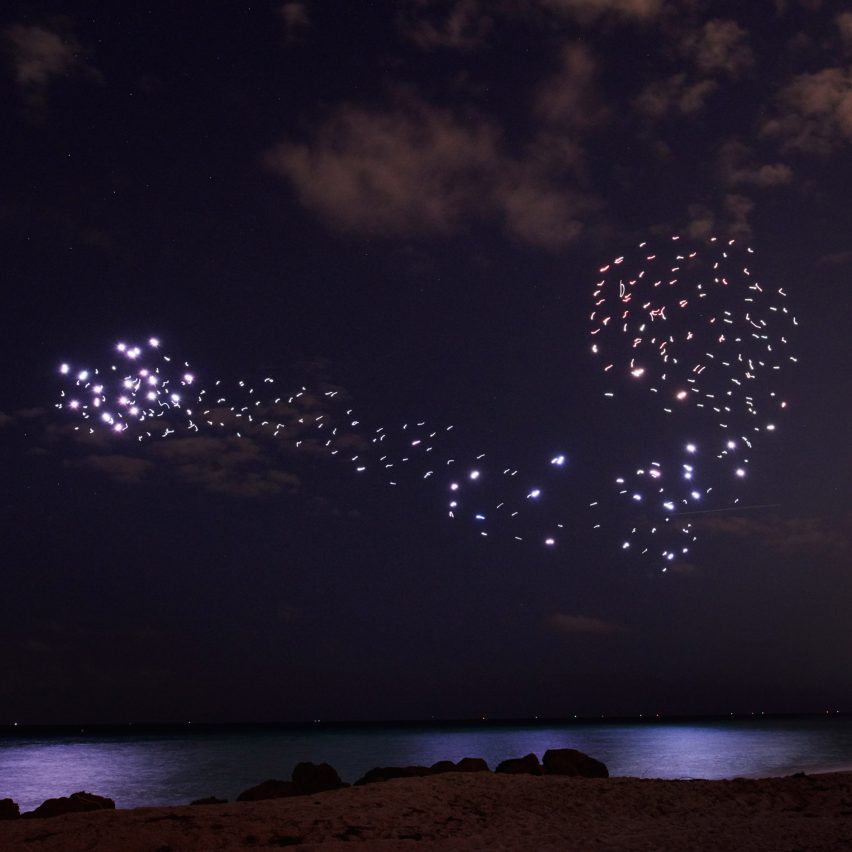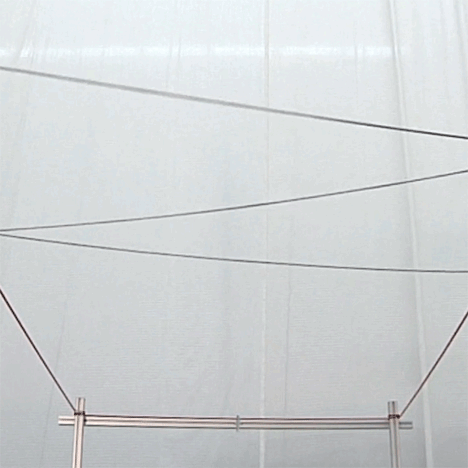Frida Kahlo with an Olmec figurine, 1939
(© Nickolas Muray Photo Archives)
When the Mexican artist Frida Kahlo passed away in 1954, the “Casa Azul,” or the Blue House, near Mexico City where she had resided — first with her family, and then with her husband, the muralist Diego Rivera — was opened to the public as a museum. At the same time, part of the house was quietly locked up without much notice or fanfare. Claire Wilcox, senior curator of fashion at the V&A, said that despite the Blue House openly displaying “quite a few pieces, including the furnishing and Kahlo’s bed,” paradoxically, “most of her clothing, and all of her very personal medical materials, were sealed away by Rivera and the person looking after the museum at the time, on the strict understanding that these items would be kept hidden for the next 50 years.” The discovery of these items didn’t happen until 2004, “when very few people knew or could even remember what had been locked away.” A treasure trove of Kahlo's personal items was revealed, including outfits, letters, jewelry, cosmetics, medicines and medical corsets.
This month, some 200 personal attributes and works are about to go on display for the first time outside of Mexico, in the aptly titled exhibition “Frida Kahlo: Making Herself Up.” On view from June 16 to November 4 at London’s V&A museum, it is co-curated by Wilcox with the independent curator Circe Henestrosa. While some of Kahlo's wardrobe and personal artifacts were already exhibited at the Blue House back in 2012, Wilcox stresses that “the display at the V&A is an expansion of this original idea, re-titled and with added portraits, outfits, and photographs of Kahlo.”
For an artist whose heavily stylized self-portraits are some of the most instantaneously recognizable in the world, an exhibition such as this naturally leads to the question: which Kahlo will we see? Do the ceremonial headdresses; Revlon lipsticks, blushers and eyebrow pencils (the artist’s preferred cosmetics brand); and indigenous garments from Central America — some of the objects that will make up the display — help cast a new light on this most mysterious of figures? For Wilcox, “she’s still the Frida Kahlo that people know but, hopefully, she will be regarded in more depth.” she added: “What we will gain is a greater understanding of Kahlo's life and the reasons she dressed the way she did.”
Born in 1907, Kahlo spent her entire life in her family home — which had been built by her father — located in Coyoacan, on the outskirts of Mexico City. A near-fatal bus crash at the age of 18 rendered the young woman bedbound and immobilized for protracted periods of time. this is when self-portraiture began to take on a primary role not only in her own paintings and photographs but in her everyday life too, in Kahlo’s self-fashioning as a politically conscious individual at a time when Mexico was undergoing its own political and socio-cultural self-reckoning following the Mexican revolution of 1910-20. An enthusiastic desire to embrace a national identity led to the inclusion of indigenous fabrics, materials, and dresses that often frame Kahlo's face and figure in myriad paintings. One of these items, a “resplandor” — A ceremonial headdress worn by women in southern Mexico, made from three types of white lace and trimmed with pink ribbon, and referred to as the “tehuana national attire” during the 18th and 19th centuries — becomes the central focus of several self-portraits dating from the 1940s, where the artist presents herself in the mode of a “tehuana.” The original resplandor will be displayed in the V&A galleries alongside the paintings “Diego on my mind (self-portrait as a tehuana),” 1943, and “self-portrait,” 1948, in which Kahlo's face is tightly framed by the decorative layers of stiff, white lace.
The exhibition extends just as much to the objects that were consciously left out of the frame by Kahlo, but which are no less important for the image she wished to project to those around her. take, for example, a prosthetic leg replete with a red leather boot, adorned with appliqued silk. After multiple surgical interventions following the accident that shaped the course of both her life and art, Kahlo finally had her right leg amputated in 1953. After the operation, she slowly learned to walk again but, to hide her disfigurement, she had special boots made decorated with bows and pieces of silk embroidered with Chinese dragon motifs and decorative bells. Dressed up in this way, the prosthesis is both a functional piece of medical clothing and an avant-garde piece of fashion that fits in perfectly with the rest of Kahlo’s carefully constructed look. (She died of a pulmonary embolism a year after the amputation, at the age of 47.)
It is these, “the accumulation of medicines, of Claire corsets, of her tehuana outfits,” that are the focal point of the exhibition, Wilcox said. “It’s an affirmation of what we already knew through the brilliant literature that abounds on Frida Kahlo, the many wonderful biographies, scholarly articles, and publications. however, until you’re faced with the material evidence, it’s hard to truly appreciate the depth of her suffering and disability but also the depth of her joyous countering of that through the way she dressed. there’s definitely an idea of battling through her life, but undertaken as a great artist and personality, and as somebody who was closing the carapace on her disability and ethnicity.”
There is a claim to ownership and a willingness to appear both physically and psychologically strong and unbroken that is communicated via these ornate outfits and accessories. Did this self-fashioning and control increase as Kahlo’s health deteriorated? Were they also, paradoxically, about drawing attention away from the frailty of her physical body through these incredibly colorful and maximally present costumes? Wilcox thinks so. “The sicker she got, the more elaborate her dressing up became,” she said.
Perhaps some of the exponents that reference most directly Kahlo’s own condition are the “ex-votos,” small devotional paintings on tin that were popular in the late 19th and early 20th centuries, and which Kahlo frequently incorporated in her paintings. Found in churches or sites of pilgrimage, these would be made by anonymous artists offering thanks to the virgin or saints following an accident, injury or illness. Although Kahlo never portrayed her own accident in her work, she and Rivera collected hundreds of these objects, filling the walls of the Blue House with portrayals of others’ suffering and overcoming of hardships. they were reminders of the battle that she fought on a daily basis, in which clothing, makeup, fashion and medical accessories took up such a pivotal role.






 View Slideshow
View Slideshow








 View Slideshow
View Slideshow